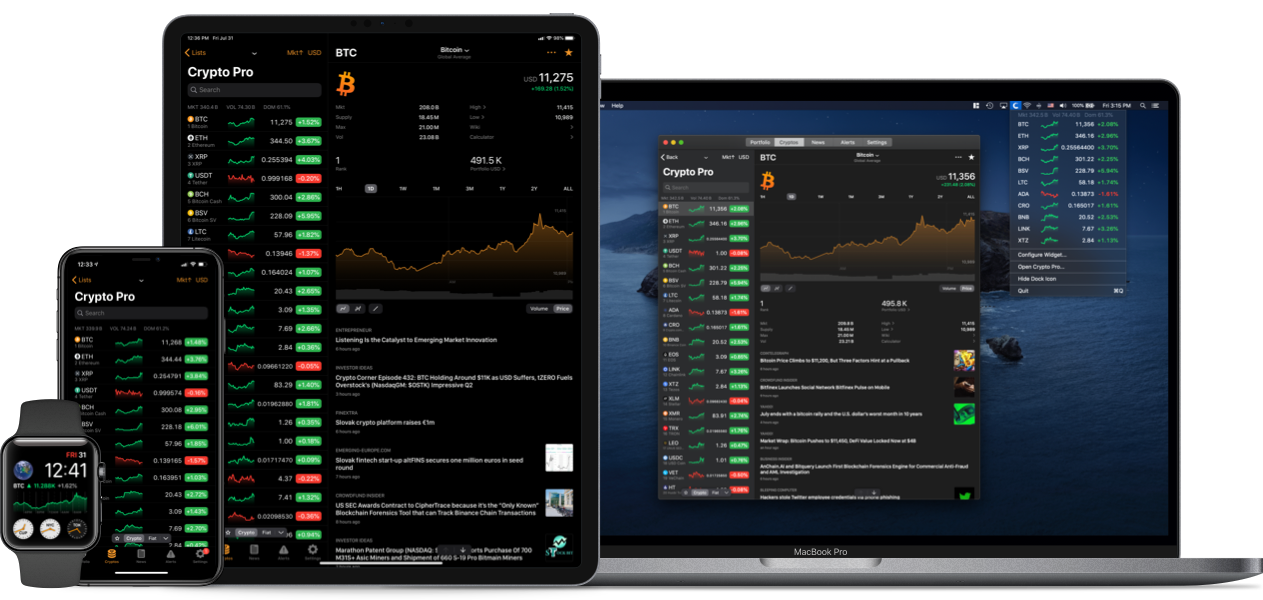SOV price is $0.00218606
The price of SOV might have increased in the recent time frame. Since cryptocurrency markets are volatile, the price of SOV, like many other cryptocurrencies, can fluctuate significantly over short periods. It's important to check real-time data to get the current price of SOV.
SOV is a unique addition to the world of cryptocurrency, differentiating itself as the first variable-rate, self-deflationary cryptocurrency. It was specifically designed to decrease in supply over time through a deflationary mechanism that burns a percentage of every transaction. This unique characteristic affects its availability and potentially its value as the supply becomes more limited.
SOV works by implementing a deflationary model which automatically burns a fraction of every SOV transaction. The underlying smart contract is designed to reduce the total supply of SOV tokens from an initial 1 billion down to a final cap of 21 million. This process is intended to create scarcity over time, which could influence its valuation in the market.
The primary feature that makes SOV stand out is its variable-rate, self-deflationary mechanics. Unlike most cryptocurrencies that have a fixed supply or inflationary model, SOV systematically reduces its circulating supply through transaction burns. This characteristic might be attractive to those who believe in digital assets that mimic a scarcity similar to precious metals, such as gold.
SOV was developed as part of the EOS ecosystem and represents the first immutable currency token on EOS. However, the specific individuals or organizations behind SOV are not detailed here. It's always good practice to research and understand the team behind any cryptocurrency project.
The deflation rate for SOV is not a fixed percentage but varies with each transaction. This variable rate continues to apply until SOV's total and circulating supply reaches the goal of 21 million tokens, at which point no further deflation occurs. The exact mechanics and percentages would be specified in the SOV protocol and smart contracts.
Based on the deflationary mechanism of SOV, the circulating supply would continually decrease with each transaction until it reaches the final supply goal of 21 million SOV. To determine the exact current circulating supply, it would be necessary to consult real-time data or the SOV tracking resources on the blockchain.
SOV's final supply goal is 21 million tokens. It began with an initial supply of 1 billion and will continue to burn a percent of each transaction until this final number is reached. This deflationary mechanism is designed to make SOV a scarcer resource over time.
As SOV is built on the EOS platform, it benefits from the blockchain's underlying security protocols. EOS typically uses a Delegated Proof of Stake (DPoS) consensus mechanism, allowing for scalable and efficient transaction processing and security measures. SOV inherits these properties from EOS, ensuring a secure environment for transactions and token burns.
SOV's self-deflationary feature might position it as a potential store of value. The idea is that as the supply diminishes and becomes more scarce, the value per token may increase, assuming demand stays the same or grows. However, like all cryptocurrencies, SOV's ability to serve as a store of value may vary based on market dynamics and user adoption.
SOV can be purchased on various cryptocurrency exchanges that support EOS-based tokens. To find the current list of , you should visit updated cryptocurrency marketplaces or check directly on SOV's official website or forums for the latest information on where SOV is currently being traded.
Keeping your SOV tokens safe is similar to safeguarding any other cryptocurrency. Utilizing reputable digital wallets that support EOS tokens, enabling strong passwords, two-factor authentication, and being cautious of security threats are all recommended practices. Always make sure to back up your wallet keys in a secure location to ensure the safety of your assets.
![]() DFDV xStock
DFDV xStock
![]() Imagen AI
Imagen AI
![]() Silensio
Silensio
![]() Fart Money
Fart Money
![]() MemeHive AI
MemeHive AI
![]() Amber xStock
Amber xStock
![]() Circle xStock
Circle xStock
![]() Buyai
Buyai

Live Prices, Widgets, Alerts, Portfolio, Apple Watch app
